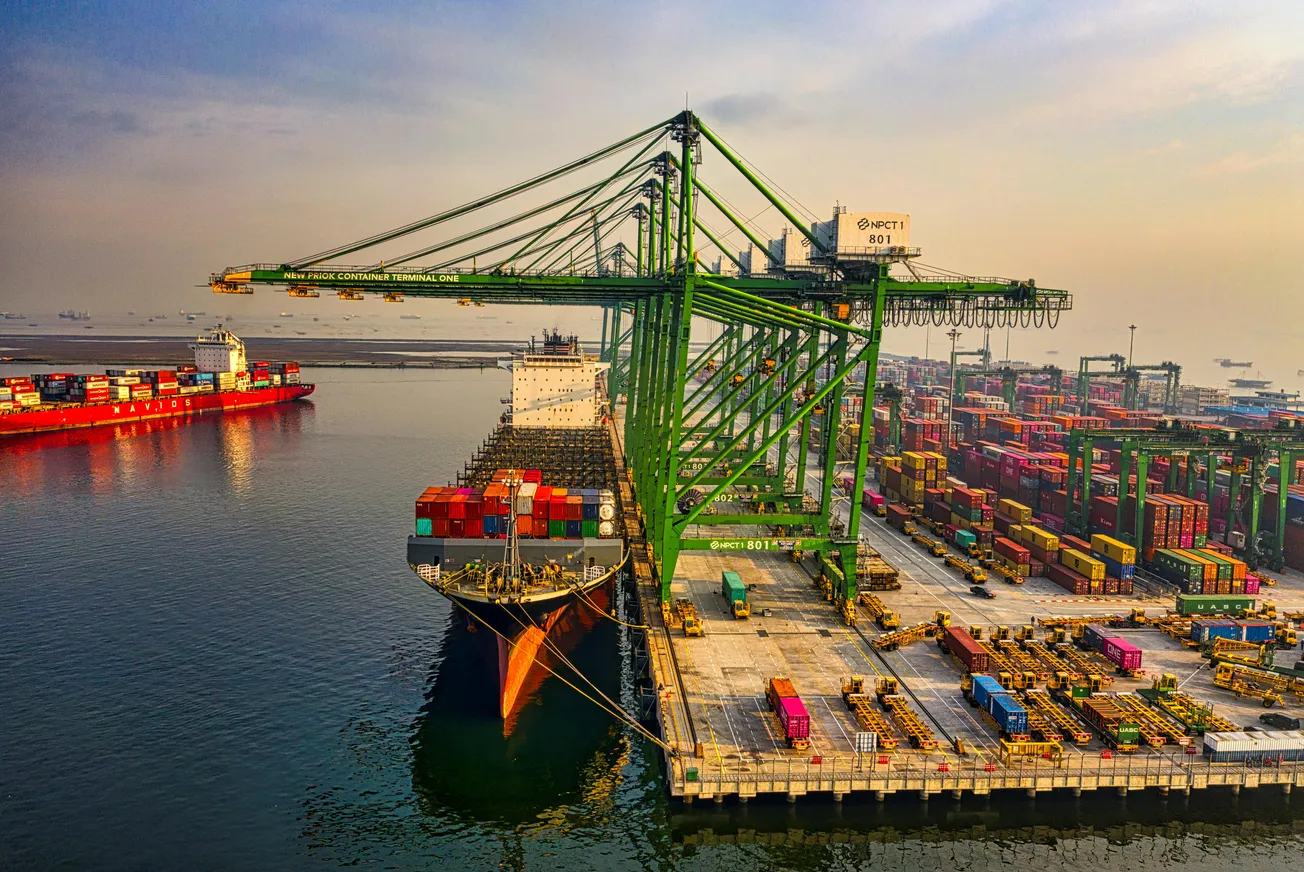Strategic Resurgence of Physical Stores
A 2024 survey by CBRE of more than 60 major European retailers revealed that 71% of respondents plan to increase their number of physical stores, with 72% aiming to expand store space, a sharp rise compared to just 26% in 2022. The study emphasizes that almost 97% still view physical stores as essential strategic assets, signaling their enduring value within omnichannel frameworks.
Physical Retail Driving Online Performance
According to Reuters, physical stores are experiencing a European revival post-pandemic. Retailers report that having a nearby store can boost local online sales by up to 20%, demonstrating the complementary nature of offline and online channels. This synergy shows how physical touchpoints elevate overall performance across channels.
Seamless Integration as Differentiator
An industry overview from May 2025 highlighted that seamless omnichannel execution, where digital and physical channels align fluidly, is now a critical strategic differentiator for European retailers. Such integration enhances operational efficiency, inventory coordination and customer relationships, reinforcing the importance of physical stores in a connected ecosystem.
Innovative Hybrid Formats: Dark Stores & Fulfillment Hubs
In response to escalating omnichannel demands, B&Q in the UK retrofitted parts of its stores into mini fulfillment centers. By 2024, this hybrid approach processed 85% of online orders across 53 stores, showcasing how physical locations can serve as both customer hubs and logistics headquarters.
Academic Insights: Trial‑and‑Return Strategies
One academic study explored the economics of offering trial-and-return options across physical and online channels. It finds such programs are most profitable when product-fit uncertainty is high, and store clerks play a pivotal role in encouraging trials that ultimately drive conversions, reinforcing the strategic utility of physical presence.







